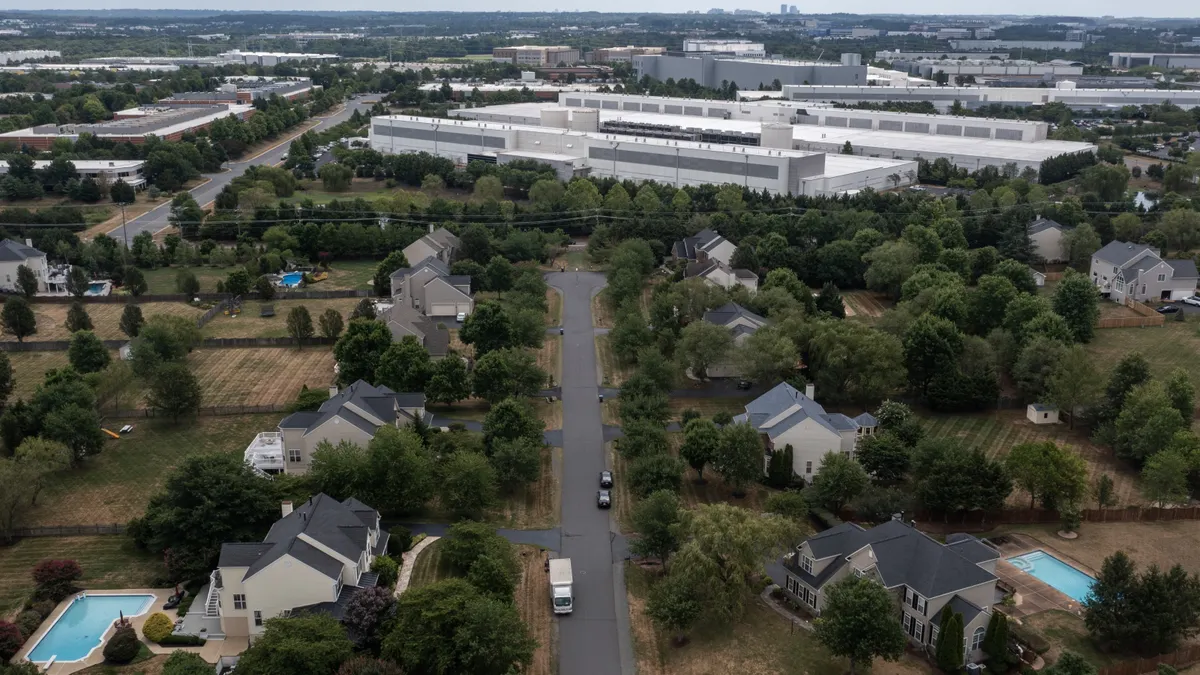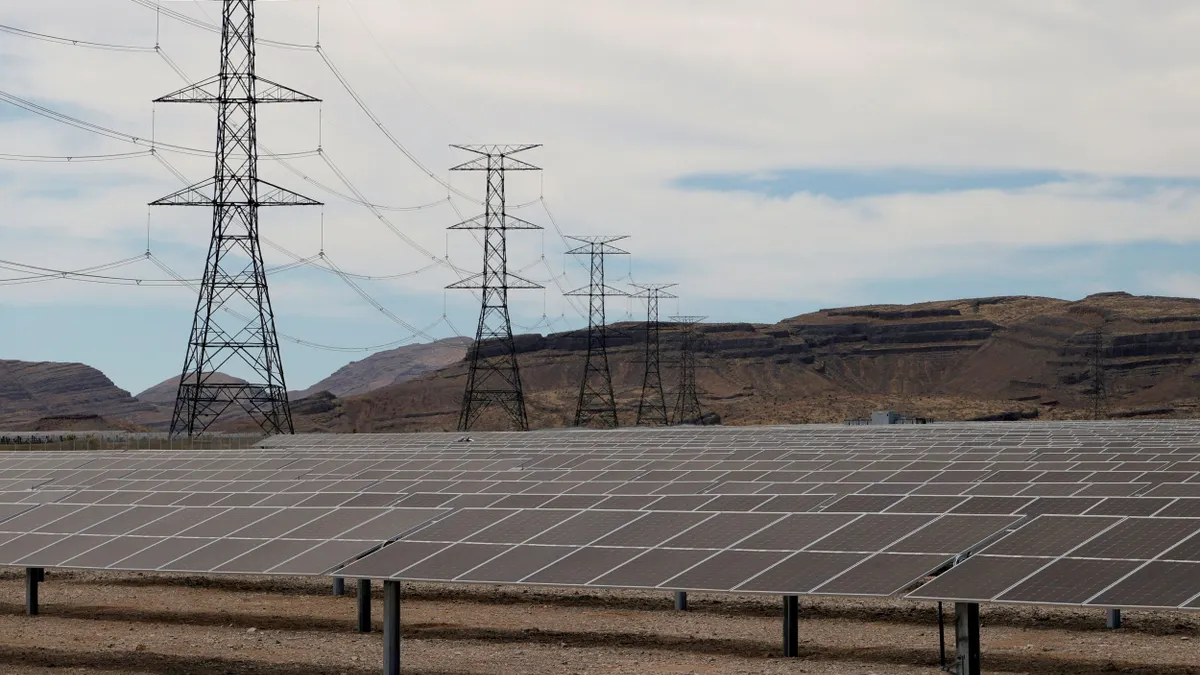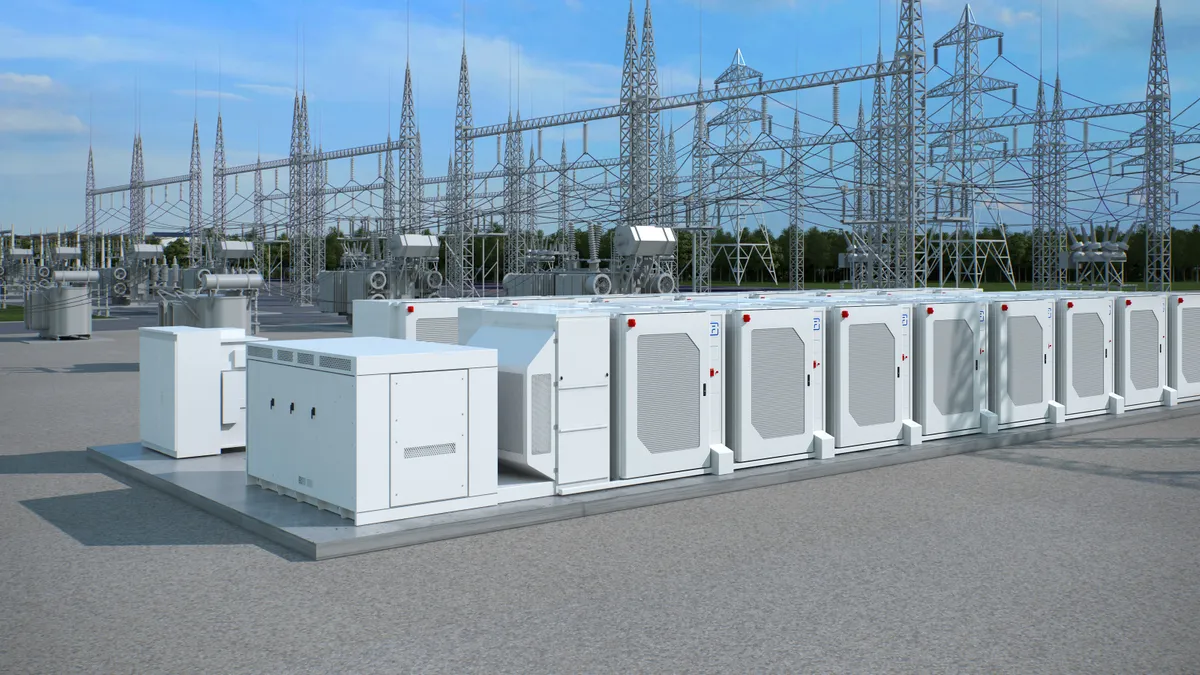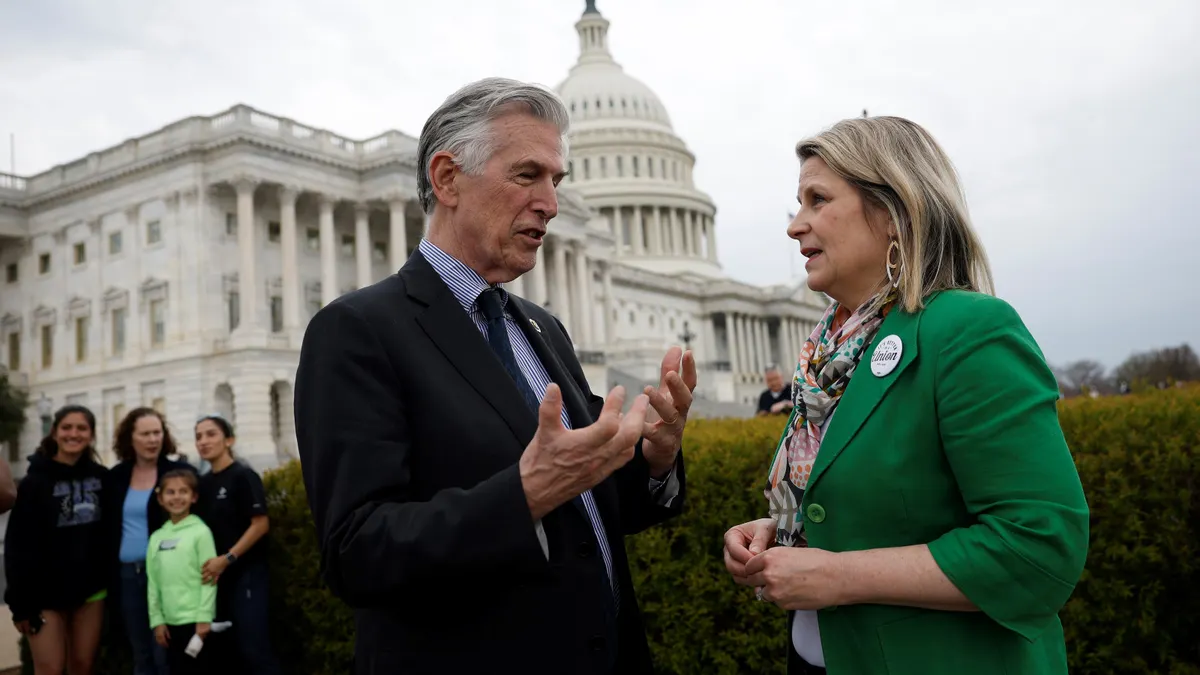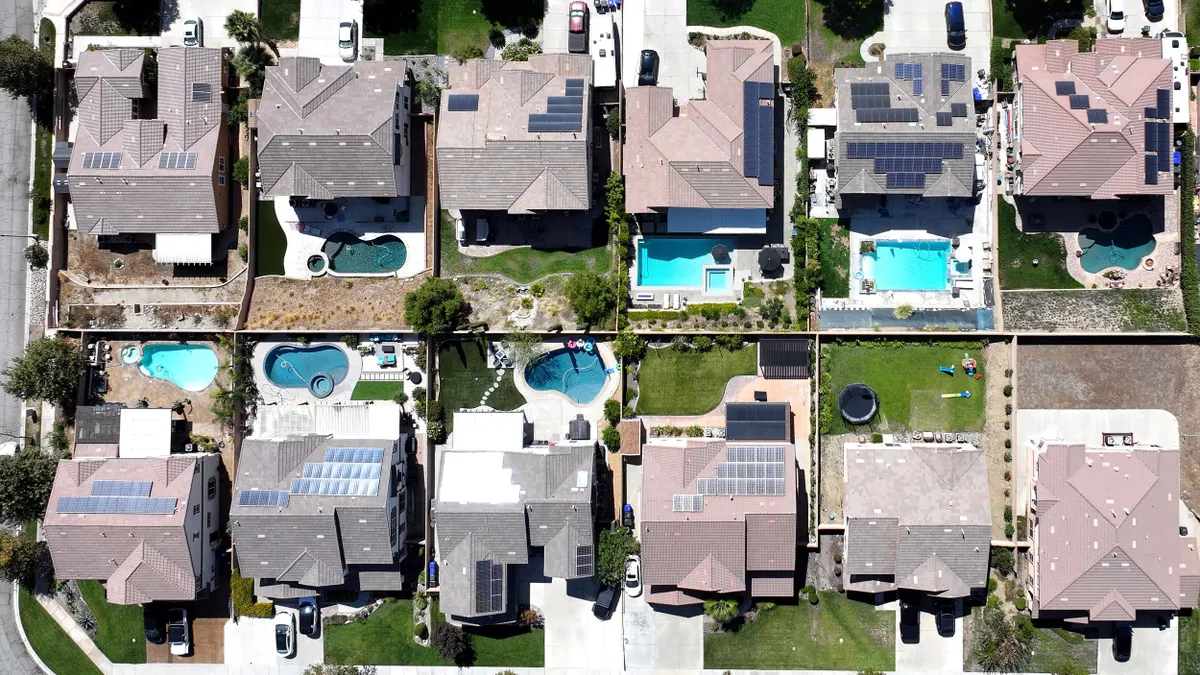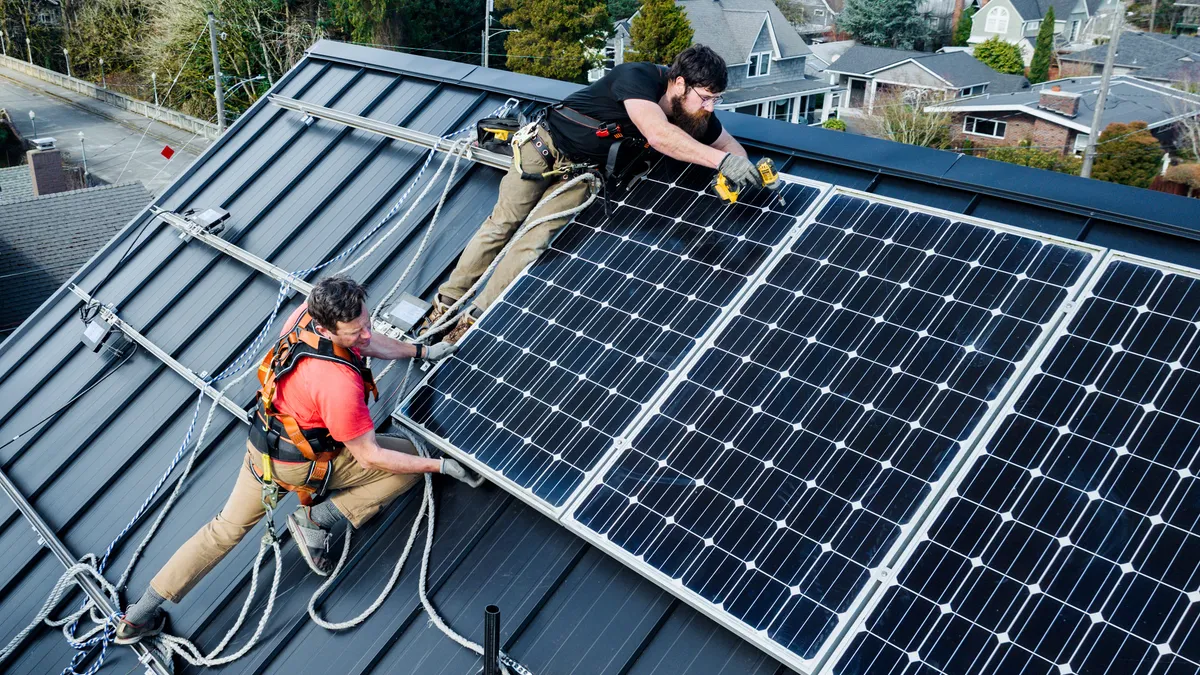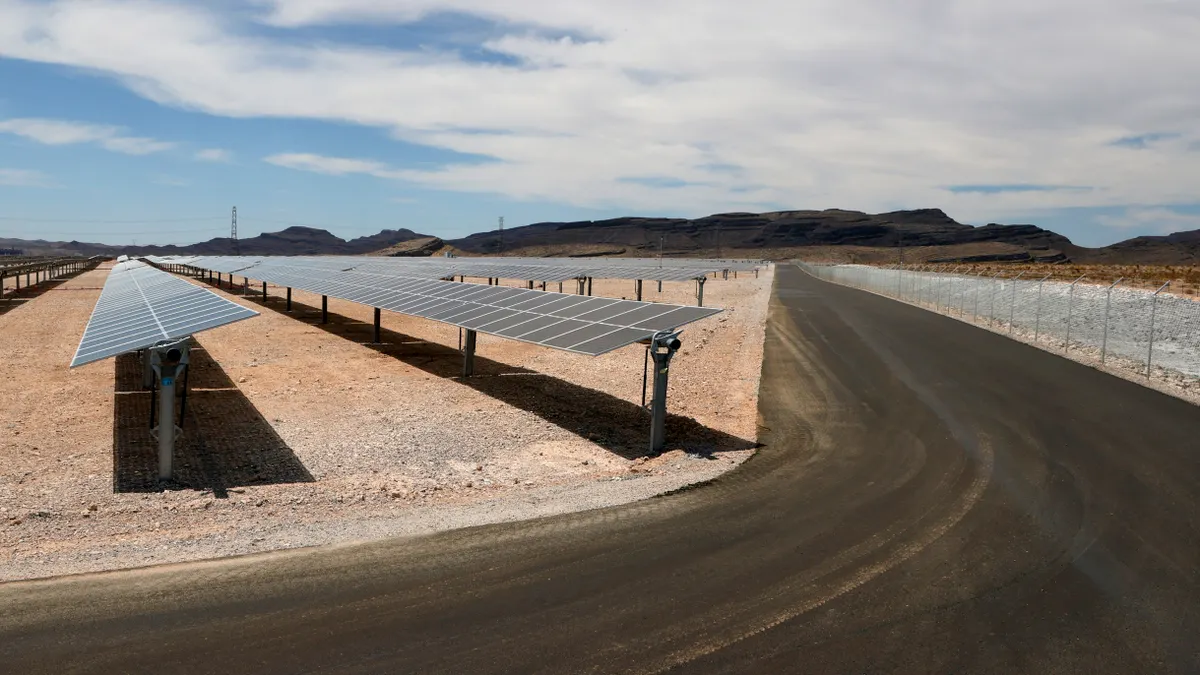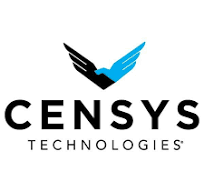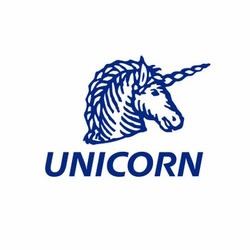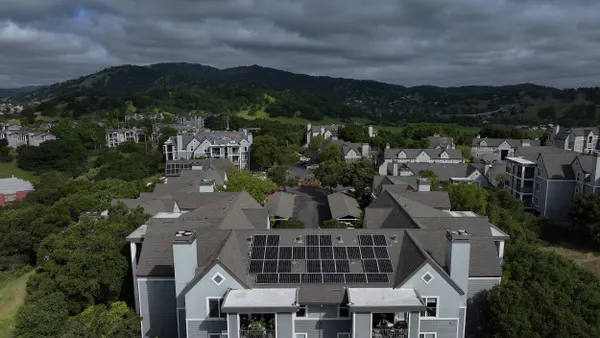It is said a house divided against itself cannot stand. That remains to be seen for the domestic solar industry, which for months has seen different players pitted against each other during a high-profile trade case.
In January, President Donald Trump will make a final decision on whether to impose trade duties on imported crystalline silicon photovoltaic modules and cells — the dominant material in solar projects in the United States. How Trump decides to proceed holds perdurable and sweeping consequences for the domestic solar industry. For the two U.S.-based manufacturers, Trump’s decision will ultimately determine their survival.
The vast majority of the U.S. solar industry has fought against the case —and the two manufacturers —who petitioned for import relief.
Suniva and SolarWorld, the two petitioners, for the most part have remained silent aside from statements and testimony in public hearings throughout the 8-month long process. But the CEOs of both companies finally broke their silence with Utility Dive, and addressed the case and future prospects once Trump makes his decision by January 26.
The road to Trump's decision
In April, Suniva petitioned for import relief, blaming cheap Chinese imports for its financial troubles. The company had just filed for bankruptcy.
SolarWorld Americas joined shortly afterward. A veteran of two prior trade cases, the company’s German parent had filed for insolvency just days before.
“No one wants to file a trade case...they consumed a lot of resources,” Timothy Brightbill, a lawyer who represented SolarWorld in the hearings, told Utility Dive. “The fact that we were forced to file multiple cases shows how important this market really is. Solar cell and module manufacturing is not just a manufacturing issue, but a national security issue and a renewable energy issue.”
After a marathon hearing in August, the International Trade Commission (ITC) unanimously found cause for serious injury from imports, and recommended three separate remedies that were sent to President Donald Trump. Trump’s protectionist predilections and hearty support for fossil fuel sparked worries this case would give him the ammo necessary to deal the solar industry a devastating blow.
-
April 26
U.S.-based solar manufacturer Suniva files a petition with the U.S. International Trade Commission asking for import relief from foreign chrystalline silicon photovoltaic cells and modules under the rarely-used Section 201 global safeguard measure.
-
May 15
Trade group Solar Energy Industries Association came out against the petition, calling Suniva a “unique case.”
-
May 26
SolarWorld Americas joins Suniva in its petition. The solar manufacturer has led two other trade cases in 2012 and 2015 for anti-dumping and counter-veiling duties against Chinese and Taiwanese imports. It won both times.
-
August 15
The ITC heard testimony from opposing sides in a marathon hearing lasting 10 hours.
-
September 22
The ITC in a 4-0 vote in favor of the petitioners found serious cause for injury from imported solar equipment.
-
October 3
In another marathon hearing, the ITC heard testimony from both sides in order to propose remedies. President Trump would then have the option to use ITC’s recommendation; take no action or impose more severe duties.
-
October 31
The ITC publically issued its recommendations in a hearing, but the final version would be sent to Trump on Nov. 13.
-
November 13
The ITC sends its formal recommendations to President Trump. A final public hearing is scheduled at the U.S. Office of the Trade Representative on Dec. 6.
-
December 6
The USTR heard final testimony from opposing sides in the last public hearing.
-
January 12/26
By law, President Trump is supposed to issue a final decision on the trade case Jan. 12, but a request from USTR head Ambassador Robert Lighthizer could extend that decision to Jan. 26.
Section 201 investigation timeline
It’s not the first time the domestic solar industry has witnessed a trade case: In 2012, SolarWorld scored a victory when it won an anti-dumping case against Chinese imports. And in 2014, SolarWorld again appeared before the ITC requesting more duties on Chinese and Taiwanese imports – it also won that case, despite hefty opposition from the trade group Solar Energy Industries Association (SEIA) and even Suniva.
Despite the duties, solar panel prices continued to decline, even surpassing a cost benchmark laid out by the Department of Energy’s Sunshot program three years early. Suniva CEO Matt Card said cheap Chinese imports tamped down the prices, subsequently hurting U.S.-based manufacturers’ ability to compete.
“It’s been documented most of times well in advance of the bankruptcy [that the U.S. manufacturers] could not continue to survive the price drops,” Card said. At least 30 domestic solar equipment manufacturers collapsed in the past five years.
The declining prices propelled the manufacturer to begin investigating the possibility of a Section 201 case — a rarely-used global safeguard measure under the Trade Act of 1974. Card said they began the proceeding in 2016, well before Trump’s election. However, Card refused to list the exact month. An E&E News investigation revealed Suniva had approached the U.S. Office of the Trade Representative in March to discuss the possibility of a Section 201 investigation.
Both petitioners claimed China merely shifted manufacturing bases to countries that were not under the duties from the prior trade cases, thus dodging the tariffs. By leveraging Section 201, the companies said they could ensure China would pay any potential trade duties for a period of time, theoretically allowing the US industry to rehabilitate and compete.
“What we don’t want to have is a weak remedy that doesn’t allow the industry to come back,” Card said. “Short of that, this exercise is a challenge.”
To guarantee their ability to compete, both companies are pushing for a combination of tariffs, quotas and an unprecedented floor price.
Sunvia/SolarWorld Americas
Tariffs:
- $0.25/watt for cells that would drop to $0.235/watt in four years
- $0.32/watt for modules that would drop to $0.29 in four years
Suniva
Floor price:
- $0.74/watt that would decline to $0.64/watt in four years
SolarWorld Americas
Quotas:
- 0.22 GW for cells that would increase to 0.37 GW in four years
- 5.7 GW for modules that would increase to 9 GW in four years
Opponents say those measures are punitive, and could decimate solar jobs by as much as 88,000 future ones next year. The solar industry currently employs 260,000 — with only 38,000 in manufacturing.
SEIA
SEIA, a powerful trade group in the U.S. solar industry, has thrown its considerable financial and lobbying weight against the trade case. It’s not the first case SEIA has battled – the group came out against the 2014 trade case from SolarWorld.
Suniva and SolarWorld have accused the solar trade group of harboring Chinese interests, and ignoring the plight of the domestic solar manufacturing industry. SolarWorld Americas CEO Juergen Stein said he had reached out to SEIA and some other solar companies for advice but received none.
Dan Whitten, vice president of communications for SEIA, said he did not speak to anyone who might have received a “plea for help” from Stein. SEIA's board does have two Chinese companies and its Chinese members number in the "single digits" percentage-wise, Whitten told Utility Dive.
When questioned at a press conference last week, George Hershman, president of Swinerton Renewable Energy, a SEIA member, said that the domestic manufacturing industry rejected any advice from the SEIA member base during the first couple of trade cases. To succeed in this sector, experts have said companies need to achieve scale — e.g. ramp up production to compete in a marketplace.
“During the initial cases one and two, we had the same conversations about scale and opportunities and those weren’t accepted by those companies,” he told Utility Dive during the press conference. “They saw their business model a certain way and we saw their business model a certain way so certainly those conversations were there, but they didn't achieve scale."
Most of the bankrupt U.S. manufacturers ran the gamut of solar equipment, and are not an apples-to-apples comparison to Suniva and SolarWorld. Even so, opponents say their demise stemmed from poor technology and inadequate financing and business models, rather than foreign competition.
“Many of those companies had technology that just didn’t work...wasn't financed well,” said Abigail Hopper, president of SEIA who came into the role this year. “This is an innovative, high-tech industry and this is an industry marked by trying new things and sometimes those things don’t work.”
With two trade case wins in its favor, SolarWorld said the evidence is clear that Chinese imports have drastically affected the U.S. solar manufacturing space. China has historically heavily subsidized its solar manufacturing; even after the second trade case, when the country pulled back some support. SEIA’s silence and perceived lack of support for domestic manufacturing underscores the hefty influence of the Chinese, according to Suniva and SolarWorld.
“SEIA has been silent for five years as solar manufacturing jobs were decimated,” Card said “They had five years of neutral behavior.”
SEIA has said publicly they do not believe in sacrificing the larger installation sector for a few manufacturing jobs.
“It is foolish to think tariffs will create jobs and more domestic manufacturing,” Hopper said, repeating SEIA’s statements from past hearings.
Significant job growth?
Imposing tariffs, according to Suniva and SolarWorld, would grow manufacturing jobs by as much as 140,000. But Hugh Bromley, an analyst for Bloomberg New Energy Finance, told Utility Dive earlier this year that, with tariffs, 6,400 jobs would be created in manufacturing at most after taking into account the amount of manpower necessary to meet the annual production capacity of the current PV cell generation.
As trade duties cramp demand and boost prices, “downstream job losses would almost certainly exceed any manufacturing gains.” Any potential job gains will likely be created offshore rather than in the U.S., Bromley noted.
“The purpose here is to create competition...[these duties] are time-bound. This is a prescriptive period that allows the U.S. industry to scale.”

Matt Card
CEO of Suniva
But Stein and Suniva expect the duties, if severe enough, will create those domestic jobs. Section 201 has a time limit of four years — with the option of extending another four years — unlike other trade measures. But the severity of Section 201 — which would impose blanket duties on all imports — could give the U.S. manufacturing segment a leg up.
“The purpose here is to create competition, “ Card told Utility Dive. “[These duties] are time-bound. This is a prescriptive period that allows the U.S. industry to scale.”
GTM Research says domestic demand for solar is set to grow 11 GW by the end of 2017 and more than 16 GW by the end of 2022 — when the duties would expire. It’s unclear whether the companies will be able to ramp up to meet that demand, though both assured they could.
SolarWorld’s Stein envisions five to six manufacturing bases at 1 GW each as enough to slake the demand for solar. SolarWorld plans to ramp up operations if Trump decides in its favor.
“If we have that [in place for] a couple of years, this creates a healthy [manufacturing] ecosystem,” Stein said. Essentially the duties would ensure that the U.S. controls a healthy portion of the market share 40 or 50 years down the road, Stein added.
Suniva also plans to restart operations, Card said, should the duties be enough to help them emerge from bankruptcy.
But should things go sour…
All of these plans hinge on Trump imposing petitioners’ duties. SEIA and its allies have pushed for an import licensing fee that would funnel any money directly to the petitioners, generating roughly $800 million in revenue. The fee is a much softer remedy and would not damage the downstream supply chain and the national pipeline of solar projects, the group said. And the ITC provided three separate recommendations that gave some middle ground between both sides. However, Suniva and SolarWorld say those proposals aren't enough to support their businesses.
The two companies say their more stringent proposal could reel in foreign manufacturers to set up shop in the U.S. to compete, thus growing jobs and contributing to a vibrant manufacturing economy.
Opponents say it would take foreign manufacturers the full four years to clear necessary red tape, construct a factory and ramp up production before turning a profit. Suniva and SolarWorld say it depends on the company’s individual business model.
“If the remedy is strong enough and if there is an incentive enough, there’s no reason why a brand new facility…can’t be profitable relatively quickly,” Stein said. Both Stein and Card estimate it takes roughly a year to construct a factory, but both hedged on the actual timeline from finishing paperwork to operating in the black.
Should Trump side with SEIA and its allies, the outlook for both companies is, at best, grim.
“Suniva will not be able be able to come back,” Card said bluntly. “ One of the reasons we asked for a comprehensive remedy…it provides some level of failsafe for unanticipated behavior from others.”
Suniva’s future took center stage in the early months of the ITC proceeding. The company at one point considered Chapter 7 bankruptcy in August, according to public bankruptcy documents.
Jeremiah Silkowski, CEO of SQN, one of Suniva's creditors, said Chapter 7, which would have essentially dissolved the company and “sold it for parts,” was considered just before the ITC injury ruling as a possible option should the investigation not go in their favor.
Shungfeng, the Chinese company that owns a 63% majority stake in Suniva, disagreed with Suniva’s decision to push forward with a Section 201 investigation and essentially pulled support, Silkowski said. And a letter to the Chinese Chamber of Commerce from SQN spurred controversy. Media reports called it the "latest twist" in the case, with the letter saying the trade case would disappear if Chinese companies purchased $55 million in equipment from Suniva. In short, it looked like SQN was offering to drop the case in exchange for companies buying the company's goods.
Silkowski told Utility Dive that was not the case. As part of its investment strategy, SQN is required to have multiple levels of security for its funds; part of this particular security included a guarantee for a Chinese investor. At the behest of the Chinese Chamber of Commerce, SQN sent a letter detailing what would happen to the investigation if SQN were repaid in full, Silkowski said.
Needless to say, the case continued and the company is preparing for a favorable ruling from Trump.
“I am very confident that this administration understands our position,” Card said.
SolarWorld Americas
SolarWorld’s German parent company is already going through insolvency, which means a possible restructuring, Stein told Utility Dive. But so far, he remains confident that SolarWorld Americas will remain competitive, depending on the outcome of the case.
“At the moment, we have to understand four Commissioners voted that injury happened and with that vote, we are now working on how we can find the right remedies and we think we should focus on that in the moment,” Stein said.
For now, he hopes to remain in place to helm the company through the case and its aftermath. Stein shook off fears about a potential sale or pressure from the companies’ lenders to sell. The company raised $6 million in cash this year to stabilize operations .
“We have a great lender group,” he said.
Could the companies score a victory?
Trump’s widely-documented unpredictable behavior complicates speculation about the outcome of the case. Many experts have compared it to the last Section 201 case that took place in 2001 over steel imports. But Paul Nathanson, senior principal at Bracewell’s Policy Resolution Group, noted key differences between the cases.
In the steel case, there was no material replacement, he said, which compels companies to absorb the price.
“On solar, people don’t have to use solar — so that’s going to be the big difference...people can replace with natural gas and wind,” Nathanson said. Bracewell has spoken out against the solar tariffs, and Nathanson had sided against the steel tariffs 16 years ago.
However, the steel case enjoyed bipartisan support, as then President George W. Bush tried to use it as a way to woo union workers and more Democrats to his side, Nathanson recalled. The solar case, with the exception of a few companies and the petitioners, is vehemently opposed by a myriad of organizations, companies, politicians and utilities. Even staunch Trump allies, the Heritage Foundation and the American Legislative Exchange Council, have sided with SEIA.
There’s also the threat of retaliatory tariffs, something Bloomberg News noted a few weeks ago. China could strategically target bourbon and cheese from Kentucky and Wisconsin, home-states of Senate Majority Leader Mitch McConnell (R-KY) and House Speaker Paul Ryan (WI-R) for potential trade duties, Bloomberg wrote.
And should Trump side with SolarWorld and Suniva, it would mark a departure from the economic blueprint laid out by Heritage and other conservative supporters.
Both sides are preparing for layoffs and potential economic devastation should Trump go either way. And it could set the stage for troubled trade relationships abroad, as Trump doubles down on his "America First" agenda.
Either way, both sides remain confident that they have Trump’s ear as they crank up behind-the-scenes lobbying efforts with the White House staff. For better or for worse, the solar industry will know its fate by January, and go from there.




